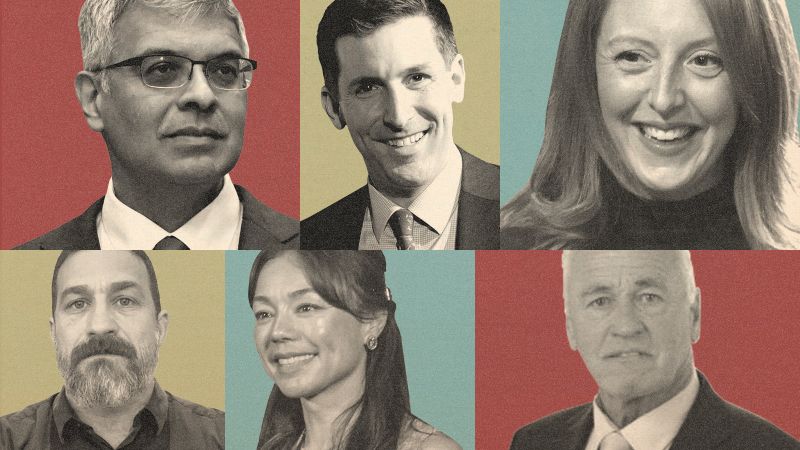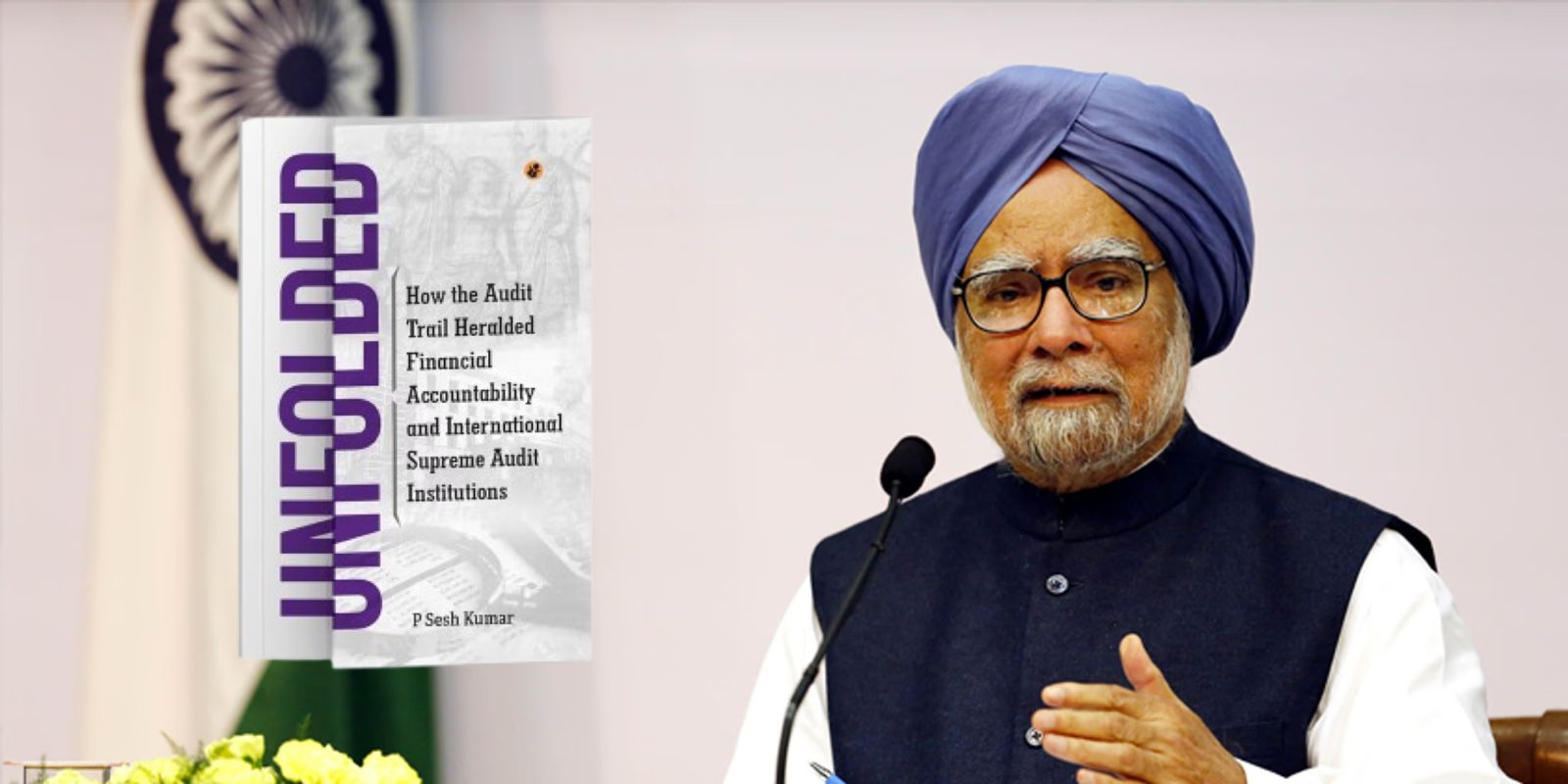Copyright Cable News Network

In early 2022, Stanford medical student Santiago Sanchez set out to organize a campus debate with Jay Bhattacharya — a professor at the university whose outspoken denunciations of pandemic lockdowns made him a right-wing icon and a lightning rod both inside and outside the school. But when Sanchez pitched the idea to Stanford faculty, the response was tepid. University academics he approached warned that debating Bhattacharya would elevate his views rather than challenge him. The prevailing sentiment, Sanchez said, was that Bhattacharya’s 15 minutes would eventually subside along with the coronavirus. Three years later, Bhattacharya’s once-marginal platform has ascended to the top of American public health policy. He now leads the National Institutes of Health, overseeing an overhaul of nearly $40 billion in federal research grants — including money once destined for Stanford. Bhattacharya’s rise is part of a broader Stanford imprint on the Trump administration’s health agenda. From inside and outside the government, the prestigious West Coast school’s alums are now helping to shape seismic reorientation of public health — one that has alarmed many in the medical establishment. In all, more than a dozen people with Stanford ties have become prominent figures in the Make America Healthy Again movement, galvanizing health-conscious Americans who feel more harmed than helped by modern medicine. “It’s not a coincidence that a lot of the people questioning the existing establishment came from Stanford,” said Calley Means, a Stanford alumnus and health entrepreneur who has advised Trump. “There’s a culture of questioning existing assumptions.” At Stanford, MAHA’s ties have been cause for both celebration and unease. In official statements, the university congratulated Bhattacharya’s appointment and said it was “proud” Trump selected one of its alumnae, best-selling wellness author Casey Means, for Surgeon General. (Casey and Calley Means are siblings.) Among rank-and-file faculty and students, though, there isdismay over the growing relationship between Stanford and a government that questions vaccine safety, promotes fringe theories about autism and pushes unproven treatments. Philip Pizzo, who spent a decade as dean of the Stanford School of Medicine, told CNN that the blurring of lines between academic research and partisan politics had become “problematic,” and makes it difficult for the public to know who to trust. “Obviously, this becomes much more complicated when extreme polarization abounds,” he added. In a statement to CNN, the Stanford School of Medicine said it “recognizes the vital role of public service in advancing our nation’s health and well-being.” “Our academic community brings a breadth of expertise and perspectives to this work, with a long record of contributing to our nation’s government and civic discourse – including service across multiple U.S. administrations,” the statement said. ‘It’s part of the culture here’ Long prized as a cradle of scientific innovation and Silicon Valley entrepreneurship, the school has served as a breeding ground for contrarian thinkers who have questioned orthodoxy on the road to innovation. Its alumni include modern tech titans like Google’s Larry Page and Sergey Brin, Netflix’s Reed Hastings and Intel’s Pat Gelsinger as well as the founders of iconic American companies like Hewlett Packard and Charles Schwab. “The culture at Stanford was always receptive to thinking out of the box, for taking new directions, for being willing to fail, and for seeking new ways to think about issues,” said Pizzo, who found the spirit of Palo Alto “striking” when he arrived in 2021 compared to the hierarchical Ivy League schools he left behind. Few would mistake the Bay-area school as a hotbed of Republican politics, but a conservative streak has long run through it. The Hoover Institution, a GOP-aligned policy think tank currently led by former Secretary of State Condoleezza Rice, sits at its heart. Silicon Valley’s libertarian currents are reflected in the Stanford Review, a right-of-center student paper founded by tech billionaire Peter Thiel when he was a student there nearly four decades ago. The pandemic, though, exposed a deeper rift on campus. Scott Atlas, a longtime Stanford faculty member, emerged as an architect of President Donald Trump’s more contentious coronavirus moves. Atlas criticized mask mandates, shutdown measures and school closures and advocated for allowing the deadly virus to spread through healthier populations to build “herd immunity.” In response, the faculty senate censured him, and a group of 98 Stanford physicians and scientists published an open letter rebuking what they called Atlas’ “falsehoods and misrepresentations in science.” But Atlas also had support on campus. As the pandemic continued in late 2020, Bhattacharya co-authored the Great Barrington Declaration, an open letter opposing certain Covid-19 mitigations that drew considerable scrutiny from other doctors and scientists. Yet Stanford had more signees than any other college. Voices inside and outside Stanford have accused the school of failing to challenge contrarian — some argue dangerous — public health opinions amplified by those with Stanford on their resumes “You have some bad actors that act unaccountably, and people are asleep at the wheel, and now they run the country,” said Sanchez, who remains a medical student. At times, the statements from Atlas and Bhattacharya contradicted research coming from the school’s other scientists and students, said Mallory Harris, who has studied the proliferation of vaccine skepticism and received a doctorate degree in Biology at Stanford. Harris called it “extremely demoralizing” that the university didn’t more vocally support that work. “It was always kind of framed as, ‘the university can’t weigh in because then we would be taking a side and we need to let this to be a scientific debate,’” said Harris, now at the University of Maryland. “But a lot of the time the attacks weren’t scientific.” Renée DiResta, a former researcher at the Stanford Internet Observatory, said she experienced this firsthand. The Observatory was a center that tracked abuses online, but DiResta’s work became subjected to accusations from Bhattacharya and others that she was helping the government censor conservatives. Bhattacharya took his complaints about censorship all the way to the US Supreme Court and lost. But DiResta said she was still discouraged by the university from responding to his attacks. “I’m supposed to just allow my colleague two buildings down to defame us on Fox News?” she asked. Atlas declined to be interviewed for this story. A spokesperson for the NIH said Bhattacharya was not available to speak to CNN due to the government shutdown. In mid-2024, Stanford dismantled the Internet Observatory. A few months later, the school hosted a pandemic summit arranged by Bhattacharya to relitigate the public health steps taking during the pandemic. The event, which featured many outspoken opponents of Covid mitigation strategies, drew sharp condemnation – but not from the university’s administration. Addressing the conference, newly installed Stanford president Jonathan Levin spoke out against the critics and offered a glimpse into his approach for navigating the divisions emerging from his campus. “In today’s world, we absolutely need to ask and expect our students to be able to engage with, listen to, and debate with people with whom they disagree,” Levin said. “My view is that we need to err on the side of talking to one another.” Stanford, MAHA and Trump 2.0 Casey Means said it’s fitting that Stanford is well-represented in an increasingly powerful wave of anti-establishment voices. “The country is having a necessary, messy conversation about how our elite institutions have led us into the wrong direction,” Means said, “and Stanford is both an elite institution and an institution that preaches independent thinking and iconoclastic thinking.” Besides Bhattacharya and the Means siblings, the Palo Alto-to-Washington pipeline also includes Arman Sharma, a former Stanford researcher who once co-authored a textbook with Bhattacharya, and now advises the Department of Health and Human Services. Bruce Patterson, the former director of virology at Stanford, recently appeared at a White House roundtable on long Covid alongside Health Secretary Robert F. Kennedy Jr., the driving force of Trump’s MAHA makeover. And George Tidmarsh, a Stanford professor, was overseeing drug reviews at the Food and Drug Administration before abruptly resigning his post this month. The school’s influence on public health extends to outside the administration. Atlas and another long-time Stanford faculty member, John Ioannidis, now sit on the editorial board of a new alternative health journal Bhattacharya launched in February. Some of the country’s leading vaccine skeptics are connected to Stanford as well, including Kennedy’s former running mate Nicole Shanahan; Simone Gold, the founder of the fringe medical group America’s Frontline Doctors; and Mary Talley Bowden, a sleep doctor who launched Americans for Health Freedom to lobby against coronavirus vaccines. And then there’s neuroscientist Andrew Huberman, a tenured professor whose wellness podcast “Huberman Lab” has made him one of Stanford’s most recognizable figures. His audience spans the ideological spectrum, as do his guests (he has interviewed both Vivek Murthy, the surgeon general under President Joe Biden, and Means before she was Trump’s pick for the same job). But he has gained a particularly devoted following within the so-called red-pilled manosphere, the online world of bro influencers and their followers who proved key to Trump’s victory last fall. Huberman has appeared on shows popular within this demographic, like the Joe Rogan Experience and comedian Theo Von’s This Past Weekend. He told CNN he could not make time for an interview. Stanford hasn’t necessarily benefited from its growing clout. The university was among many hit by mass federal funding cuts this spring to medical research seen as promoting diversity, equity, and inclusion, with at least 16 grants terminated. Dozens of Stanford researchers applied this summer for NIH funding to study the causes of autism, but the school was not among the 10 universities selected for the funding. This year, university leadership announced a $140 million funding cut, citing “significant budget consequences from federal policy changes” including scaled-back research funding. According to the Wall Street Journal, Bhattacharya, at times a critic of his former employer and erstwhile colleagues, considered linking NIH funding to free-speech scores, where Stanford ranks near the bottom. On campus, challenging ideas favored by the surging contrarian wing of Stanford thinkers is now seen as dangerous – a seeming reversal of a situation conservatives once loudly complained about. “There’s a real cost to being outspoken in the current environment,” said Jake Scott, a physician and infectious disease specialist at Stanford Medicine. Scott once questioned certain Covid policies such as lengthy lockdowns (Bhattacharya once followed him on X; he no longer does). But he has also received hate mail and death threats for defending vaccines amid MAHA’s rise. “Many of my colleagues have concerns about backlash and about being misrepresented. I certainly have concerns about the professional risks of taking public positions, especially these days,” he said. That’s led to hesitation among faculty to disagree publicly with major MAHA voices, he said. Others have welcomed the debate. Huberman credited Bhattacharya for playing “an essential role in shining a light on certain aspects of public health” during a four-hour interview with the new NIH director on his show. “Love or hate MAHA,” he wrote on social media in February, “all Americans are far more proactive in thinking about what they will and won’t do for their own health than ever before.”



